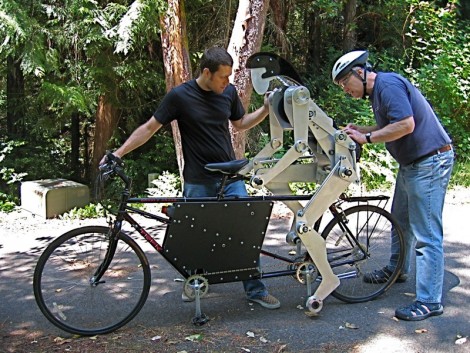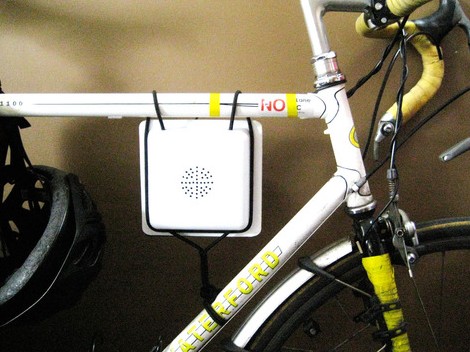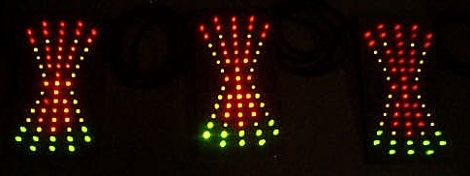
Here’s an interesting way to fill the second seat on your tandem bicycle. It seems no one ever wants to be the stoker, so this gentleman decided to build his riding partner. JouleS powers the bicycle from the back using the same motions a human would. It’s not the easiest way to make an electric bicycle but the mechanics that went into it are quite beautiful. See the old boy pedaling away after the beak.















